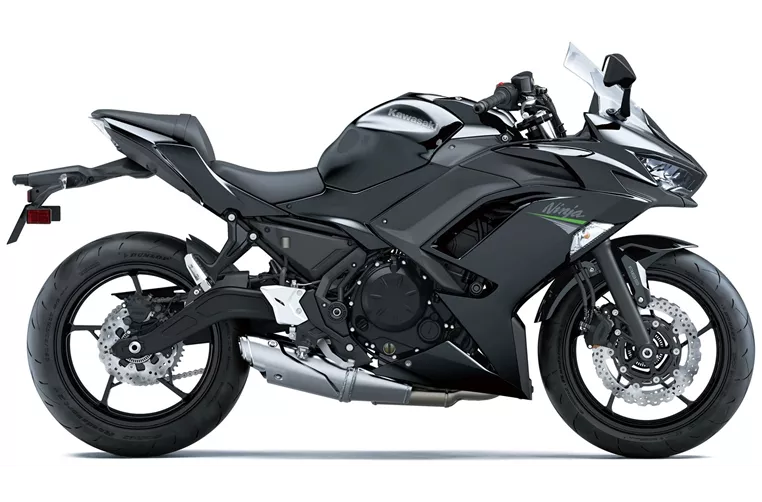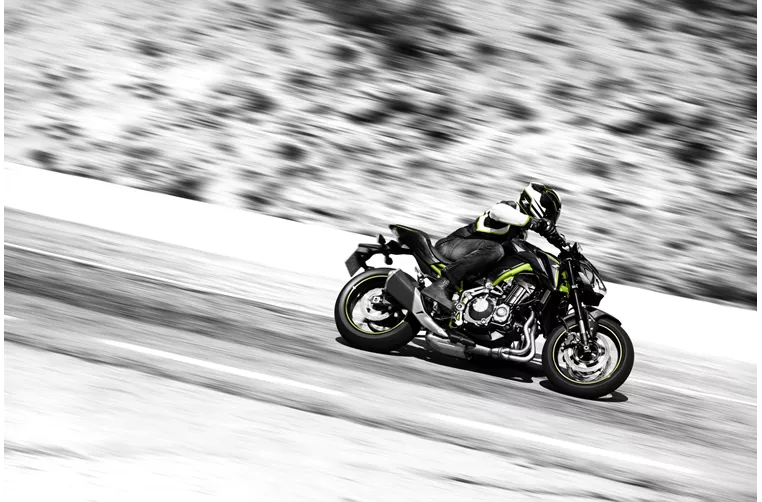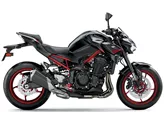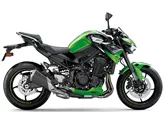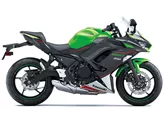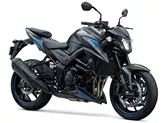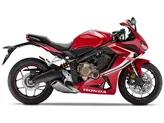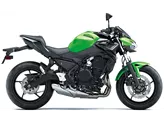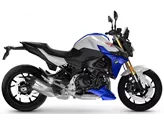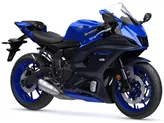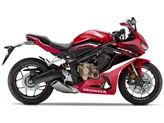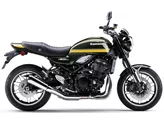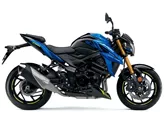Kawasaki Ninja 650 2020 vs. Kawasaki Z900 2017
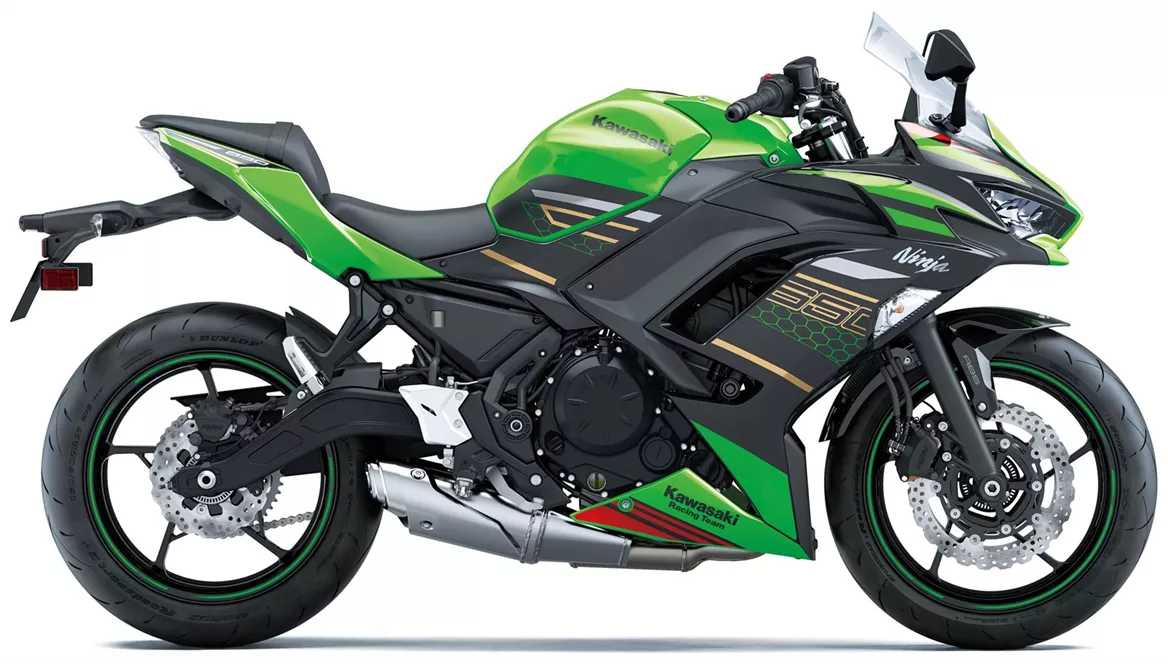
Kawasaki Ninja 650 2020
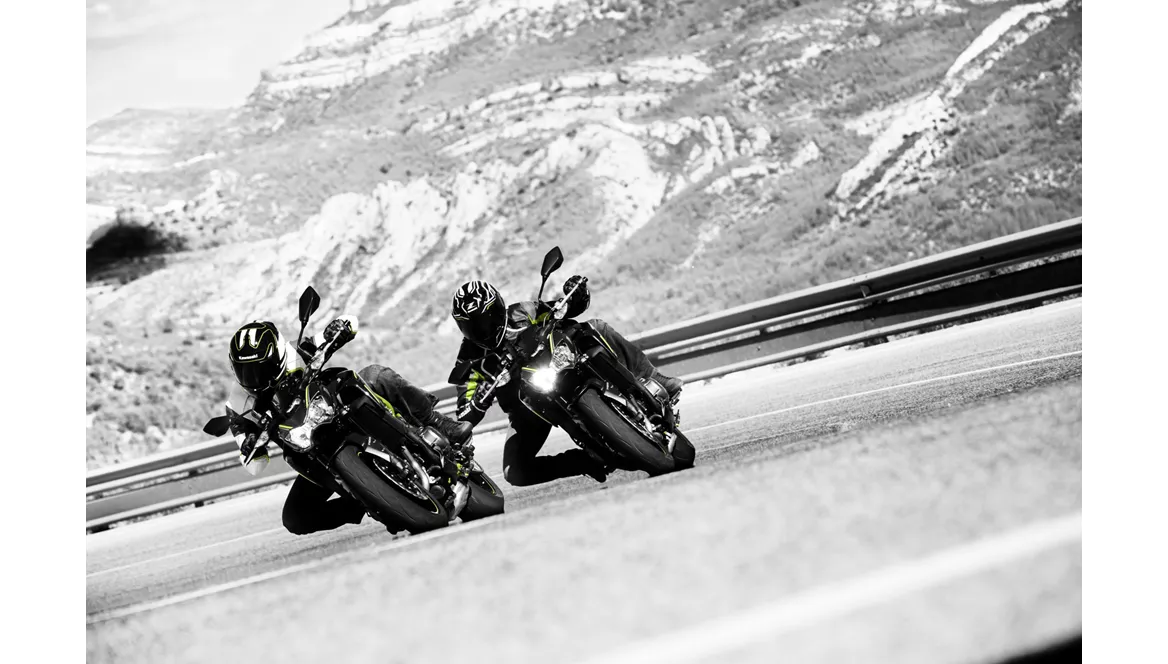
Kawasaki Z900 2017
Visão geral - Kawasaki Ninja 650 2020 vs Kawasaki Z900 2017
The Kawasaki Ninja 650 2020 is one of the latest models in its category and offers a powerful two-cylinder engine. It has a comfortable seat that is suitable for longer rides and its compact dimensions make it easy to maneuver. The seat height is also suitable for beginners, providing a comfortable riding position. The chassis of the Ninja 650 is stable, ensuring a smooth and controlled ride. It also features a TFT screen with connectivity options, adding a modern touch to the bike. In terms of appearance, the Ninja 650 has a sporty and aggressive look.
On the other hand, the Kawasaki Z900 2017 has an ingenious naked bike chassis and a magnificent appearance. The engine of the Z900 is highly responsive, accelerating with enthusiasm and offering perfectly balanced torque. It strikes a great balance between performance, price, and practicality. However, the Z900 has a narrow knee angle, which can be uncomfortable for taller riders. It is recommended to order a different seat to address this issue.
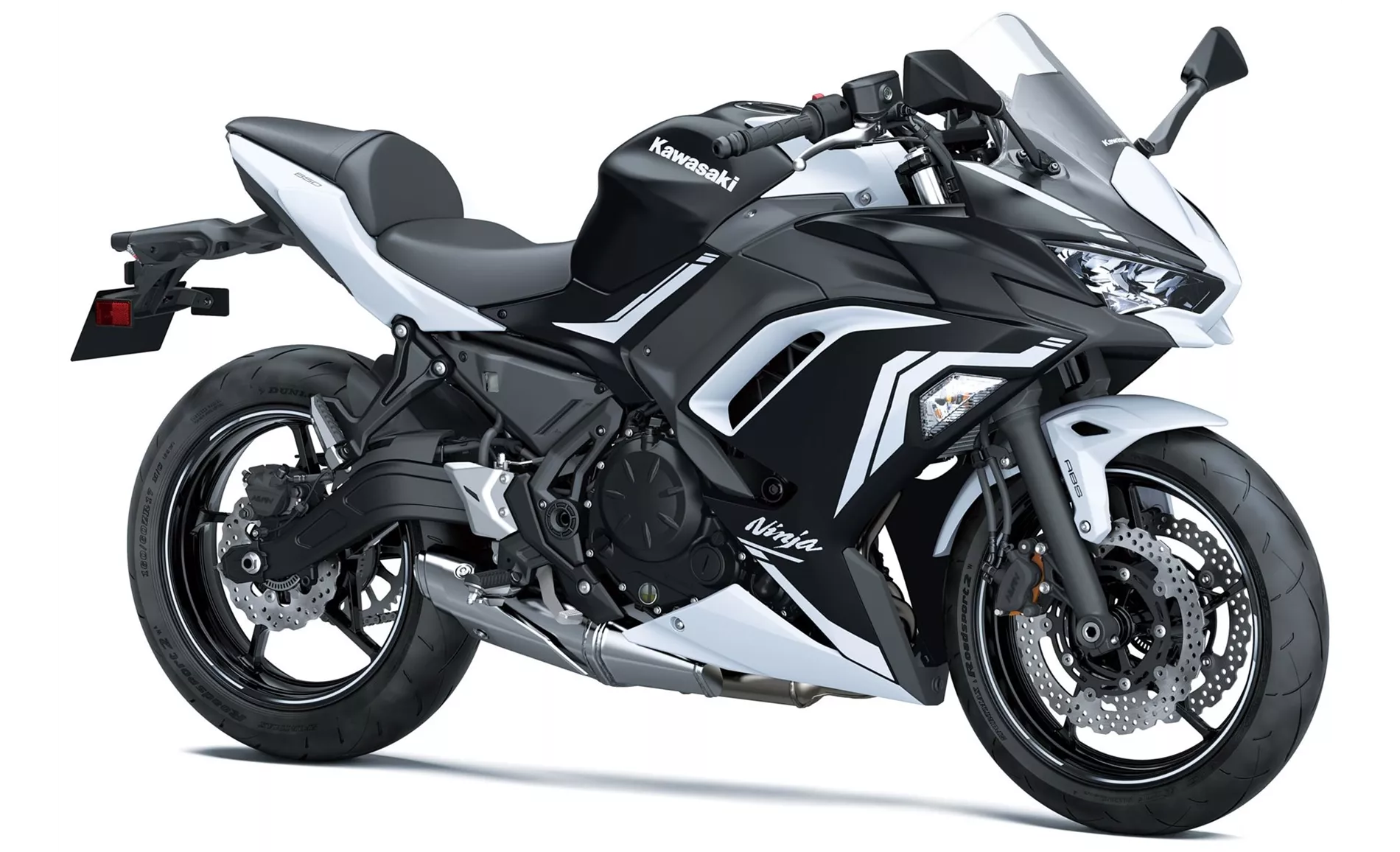
Kawasaki Ninja 650 2020
In terms of technical specifications, the Ninja 650 2020 has an inline engine with a bore of 83 mm and a stroke of 60 mm. It delivers a power output of 68.2 HP and a torque of 65.7 Nm. The compression ratio is 10.8 and it features a fuel injection system. The throttle bore is 36 mm and it has a 2-cylinder configuration with 4 valves per cylinder. The cooling system is liquid-based and it has a displacement of 649 cc. The front suspension is a telescopic fork with a diameter of 41 mm, while the rear suspension is a swingarm with a monoshock and deflection support. The chassis is made of steel and has a tubular frame. The rake angle is 65.5 degrees and the trail is 100 mm. The front brakes are dual disc with a diameter of 300 mm and dual pistons, featuring petaled technology. The bike also comes with ABS as an advanced assistance system. The front tire width is 120 mm with a diameter of 17 inches, while the rear tire width is 160 mm with a diameter of 17 inches. The wheelbase is 1410 mm and the seat height is 790 mm. The curb weight, with ABS, is 193 kg.
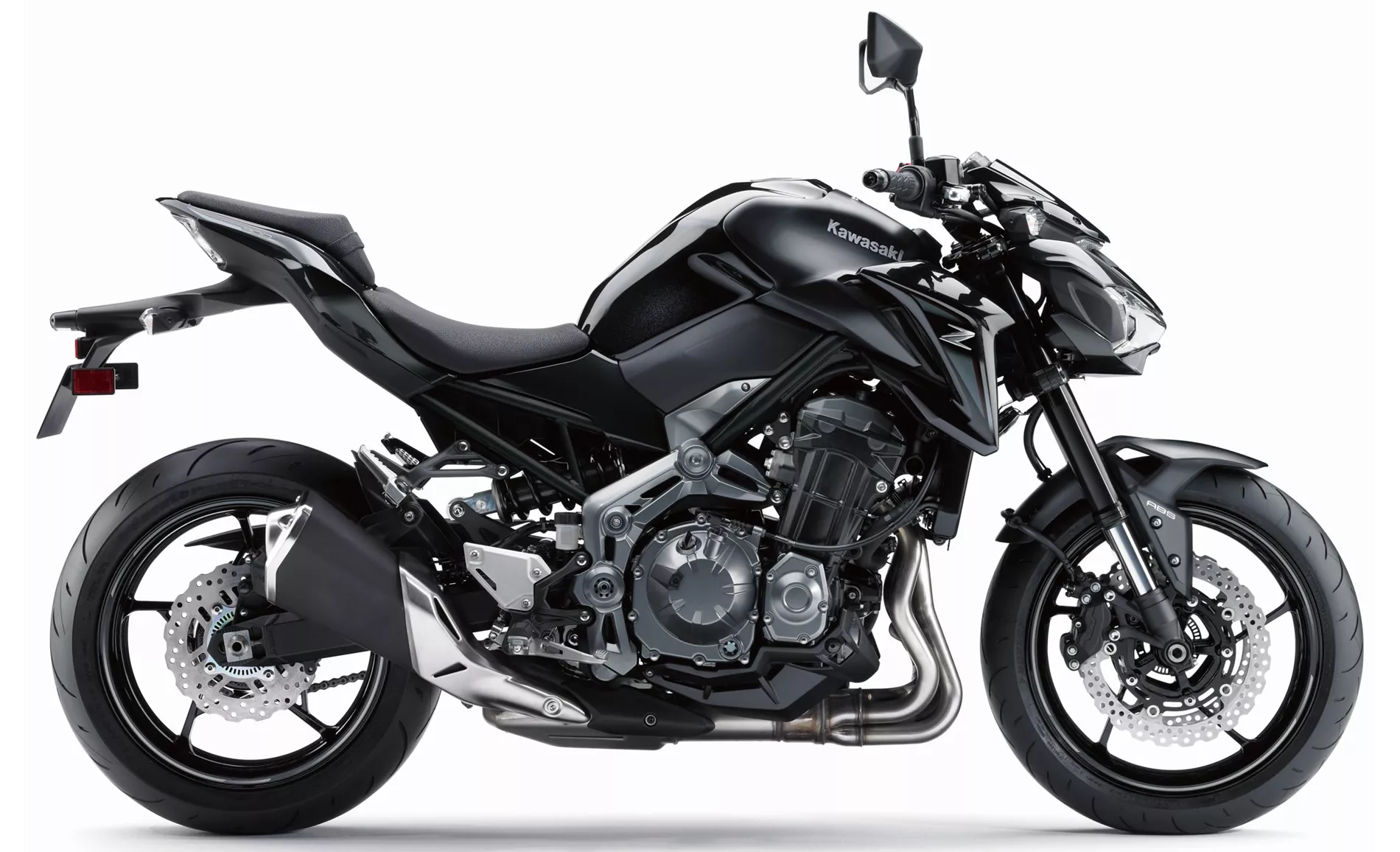
Kawasaki Z900 2017
On the other hand, the Z900 2017 has an inline engine with a bore of 73.4 mm and a stroke of 56 mm. It delivers a power output of 125.4 HP and a torque of 98.6 Nm. The compression ratio is 11.8 and it also features a fuel injection system. The throttle bore is 36 mm and it has a 4-cylinder configuration with 4 valves per cylinder. The cooling system is liquid-based and it has a displacement of 948 cc. The front suspension is a telescopic upside-down fork with a diameter of 41 mm, while the rear suspension is a swingarm with a monoshock and deflection support. The chassis is made of steel and has a double cradle frame. The rake angle is 65 degrees and the trail is 105 mm. The front brakes are dual disc with a diameter of 300 mm and four pistons, also featuring petaled technology. ABS is included as an advanced assistance system. The front tire width is 120 mm with a diameter of 17 inches, while the rear tire width is 180 mm with a diameter of 17 inches. The wheelbase is 1450 mm and the seat height is 795 mm. The curb weight, with ABS, is 210 kg.
In conclusion, both the Kawasaki Ninja 650 2020 and the Kawasaki Z900 2017 have their own strengths and weaknesses. The Ninja 650 offers a comfortable and sporty ride, suitable for beginners and riders looking for a compact and powerful bike. On the other hand, the Z900 provides a more aggressive and visually appealing experience, with a highly responsive engine. However, taller riders may find the knee angle uncomfortable and may need to consider ordering a different seat.
Especificações técnicas Kawasaki Ninja 650 2020 em comparação com Kawasaki Z900 2017
Prós e contras em comparação
Prós e contras em comparação
Kawasaki Ninja 650 2020
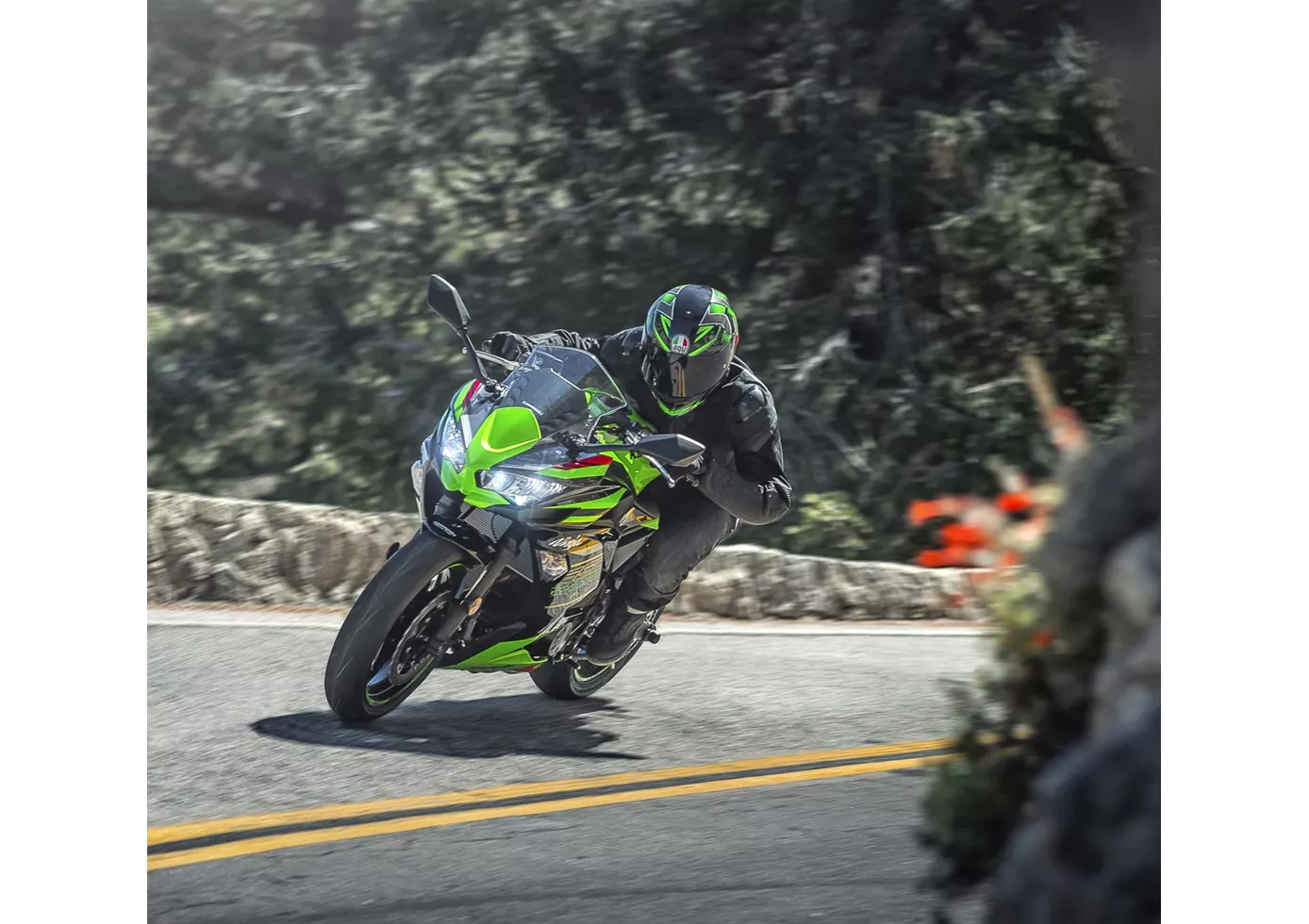
Salve a sport tourer! Com a Ninja 650, a Kawasaki criou uma representante exemplar desta classe e (espera-se) resolveu o problema da nova geração. O chassis estável e os dois cilindros decentes farão as delícias dos principiantes e dos pilotos avançados, mesmo a um ritmo mais acelerado. O travão dianteiro é um pouco bem intencionado demais, faltando-lhe um ponto de pressão transparente, apesar do bom desempenho de travagem. Outra vantagem é o ecrã TFT, que não encontramos na concorrência neste momento, bem como o aspeto adulto, que está fortemente orientado para os modelos Ninja maiores.
Kawasaki Z900 2017
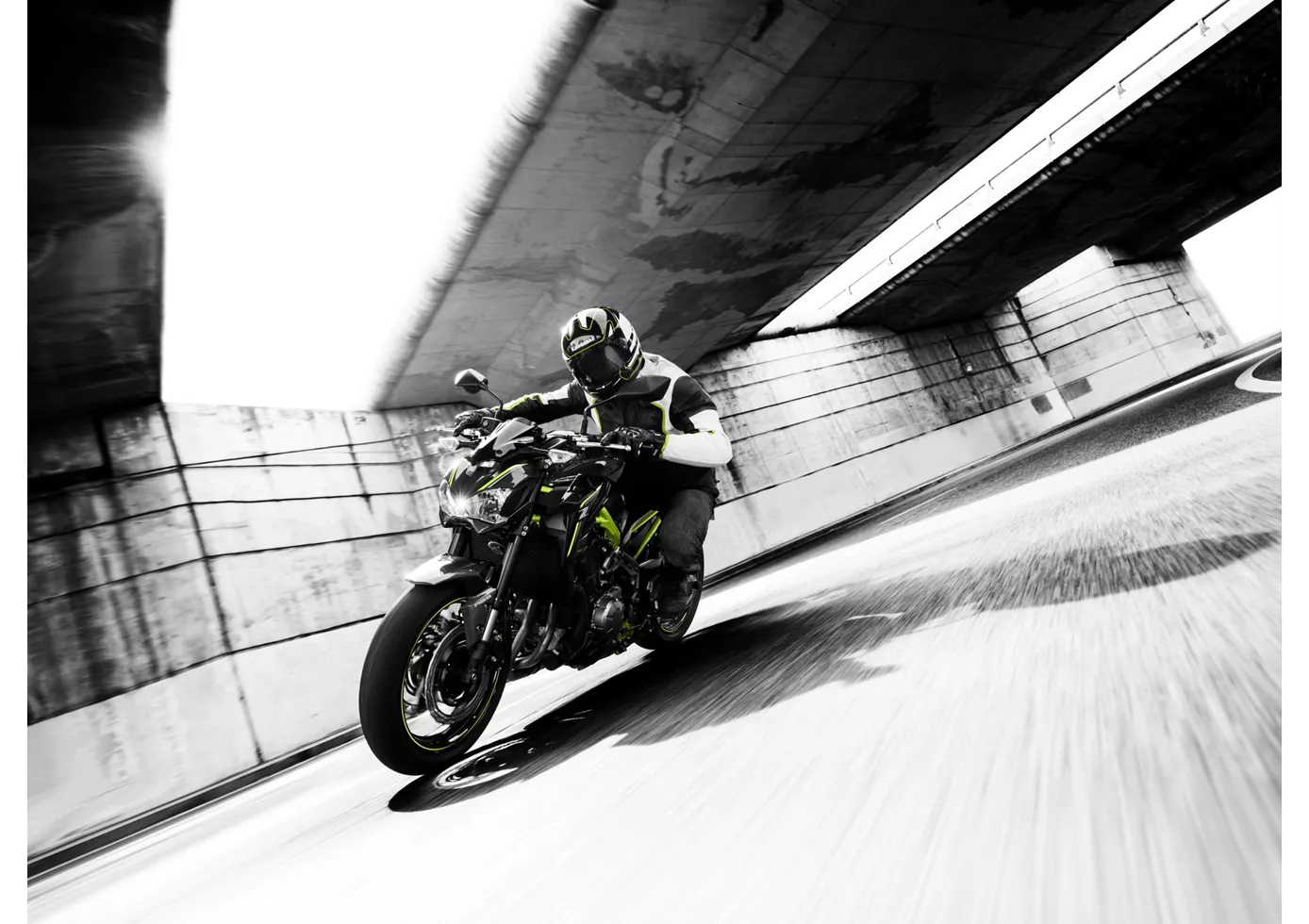
Uma mota incrivelmente bem concebida. Foi objeto de muitos testes e de muita atenção aos pormenores. Tem exatamente a potência certa, o chassis certo e o visual certo. Uma moto naked de sucesso geral que o fará feliz durante muito tempo. Se quiseres, podes conduzi-la de forma simples e fiel, mas se quiseres, também podes conduzi-la muito depressa e ela roda como o diabo. É óptima!
Comparação de preços Preço médio de mercado Kawasaki Ninja 650 vs Kawasaki Z900
There are a few key differences between a Kawasaki Ninja 650 2020 and a Kawasaki Z900 2017. In terms of price, the actual average price of a Kawasaki Z900 2017 is about 25% higher. Compared to Kawasaki Z900 2017 there are less Kawasaki Ninja 650 2020 bikes available on the 1000PS.de Marketplace, specifically 10 compared to 43. It takes less time to sell a Kawasaki Ninja 650 with 75 days compared to 85 days for a Kawasaki Z900. Since model year 2017 1000PS.de editors have written 20 reviews for the Kawasaki Ninja 650 and 46 reviews for the Kawasaki Z900 since model year 2017. The first review for the Kawasaki Ninja 650 was published on 04/10/2016 and now has more than 79 600 views. This compares to more than 93 200 views for the first review on Kawasaki Z900 published on 11/11/2016.
